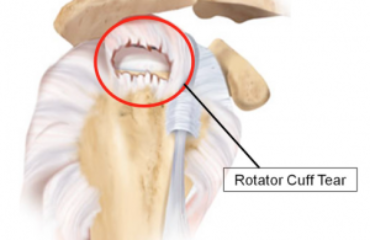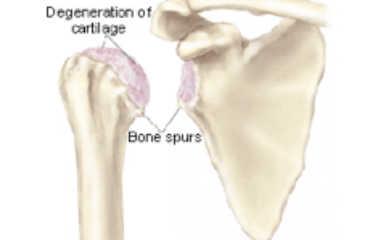 Shoulder instability affects thousands of Americans across the country each year. For most, it is an inconvenience, and annoyance that needs treating but is not essential to their life and survival. But for one population getting back to 100% following shoulder instability is essential for their livelihood. A recent study published in the Journal of American Sports Medicine provided statistics of players return to sports after surgery for shoulder instability and the results will be music to the ears of many suffering with shoulder instability.
Shoulder instability affects thousands of Americans across the country each year. For most, it is an inconvenience, and annoyance that needs treating but is not essential to their life and survival. But for one population getting back to 100% following shoulder instability is essential for their livelihood. A recent study published in the Journal of American Sports Medicine provided statistics of players return to sports after surgery for shoulder instability and the results will be music to the ears of many suffering with shoulder instability.
What is shoulder instability?
Shoulder instability is a disorder caused by the head of the humerus (arm) slipping partially or fully out of its socket. A partial slip is often referred to as a subluxation whilst a full slip is known as a dislocation. Patients who dislocate their shoulder may experience a number of symptoms including:
- Severe pain following trauma (the acute dislocation episode)
- You may see a deformity of the shoulder (this can become more obvious when you compare the affected shoulder with the unaffected one)
- In some patients, a numbness and tingling can occur down the affected arm and hand
In many patients, when the humerus pops out of the shoulder socket and dislocates – it tears a ligament known as the labrum that usually stabilizes the shoulder.
How is shoulder instability diagnosed?
In most patients, the doctor will ask you a few questions, have a look at the shoulder and then try to manually reduce the dislocation (if it is still dislocated and has not gone back into the socket on its own). In other cases, an MRI scan may be needed to assess damage to the labrum. In some patients, the labrum will need to be operated on.
Does shoulder surgery work for athletes?
Going under the knife is a big worry for many athletes – who feel they may not be the same player on their return. Luckily a recent study was performed by researchers and published in the American Journal of Sports Medicine looking at the return to play after shoulder instability in NCAA footballers. The authors find that of 168 players who underwent arthroscopic (ie camera surgery) surgery 85% returned to play. 15% of those who returned to play had a second incident of shoulder instability and around 10% ended up with recurrent instability which required further surgery. These return rates can be broken down further – and the findings are encouraging for key starters. Of the players that were starters for their college, 93.3% returned to play, whereas only 75.7% of rarely used players returned to play.
Interesting they note that players who returned from surgery played in significantly more games than before their injury (91% after compared to 75% before).
If you or somebody you know is worried about a dislocation – and thinks they might have a shoulder tear that needs fixing – consider getting in contact with a specialist orthopedic center that has years of experience dealing with top class athletic talent.



